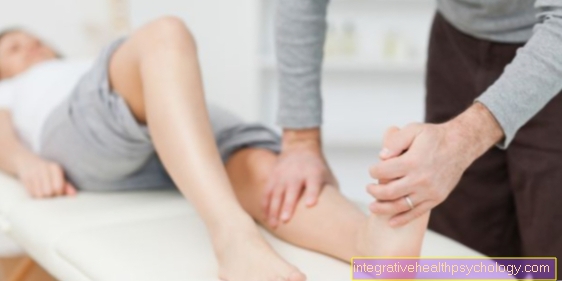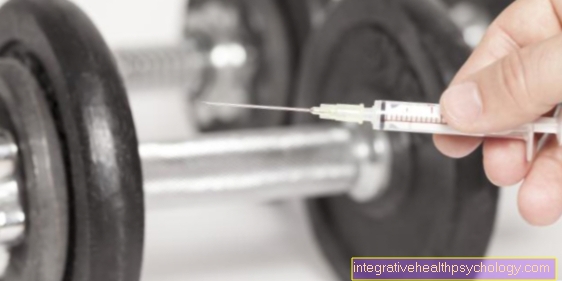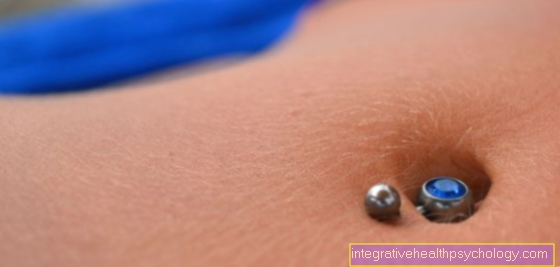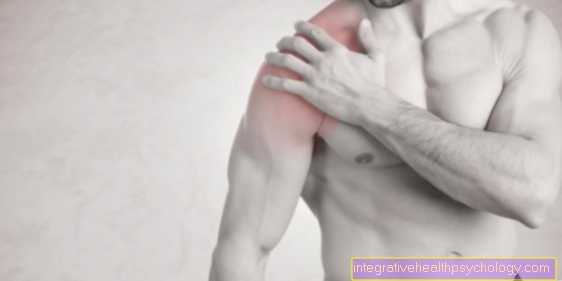The orthotic shoes
What are orthotic shoes?
An orthosis is a type of splint that is used to correct and stabilize limbs. It surrounds the joint and guides it.
An orthotic shoe is a specially made shoe that contains the orthosis. This orthosis is made individually for each patient and then integrated into the shoe. This should ensure optimal stability but also sufficient freedom of movement. Orthotic shoes are mainly used in pediatric orthopedics to correct misalignments.

What do you need orthotic shoes for?
Orthotic shoes are specially made shoes and are intended to stabilize and guide the foot. This is particularly important when the foot is incorrectly positioned. Children in particular are often affected by malpositions. Since the bones of children are not fully grown, the deformity can be alleviated or even corrected through the consistent use of orthosis shoes.
Orthotic shoes can also be used to support the muscles. For example, in the case of paralysis or spasticity, the foot muscles cannot be used properly. Paralysis can be caused by various diseases, such as a stroke or multiple sclerosis. Spasticity can also be caused by a stroke or multiple sclerosis. In this case the muscles cramp and can no longer be moved properly. Orthotic shoes stabilize the ankles and make walking easier.
Another use for orthotic shoes is a weak foot. The extensor muscles of the lower leg are damaged here. As a result, the foot can no longer be lifted properly. In addition to physiotherapeutic measures, orthoses can provide relief.
Also read the article: The misaligned feet.
How does an orthotic shoe work?
In general terms, the working principle of an orthosis is based on the three-force system - this means that there are three points of contact that act on the foot or the joint. Two points are used for stabilization, while the third point exerts pressure and thus corrects misalignments. This is particularly important when moving, as incorrect movement sequences are avoided.
The effect of an orthotic shoe is also based on the three-point system. The shoe contains a specially made insert. This insert is adapted to the foot and corrects possible misalignments, such as a flat arched foot or a flat foot. The special shape of the insert exerts pressure at the desired points and tries to reduce incorrect loads. This prevents joint damage.
Consistent use is especially important in children so that the misalignment does not worsen. In many cases it can even be corrected. In addition to the insole, it is important that the shoe encloses the ankle. This is the only way to ensure optimal stability.
This article might also interest you: The orthosis for the foot.
How does an orthotic shoe for an adult differ from an orthotic shoe for a child?
There is not really a characteristic difference between orthotic shoes for adults and children. Each orthosis is made individually and adapted to the needs of the patient. For this reason, no general statement can be made.
However, children usually prefer shoes that also go over the ankles, as they increase stability. Furthermore, flexible soles are also recommended, as children always run around a lot and freedom of movement should not be restricted. Another difference is that Velcro fasteners are usually preferred for children's shoes. This allows for quicker putting on and taking off.
Can I use it to drive?
As such, there is nothing against driving a car with an orthotic shoe. In some cases, however, it may be necessary to convert the car. Here you can get advice from a medical supply store.
You should also seek advice from your doctor and clarify this with your insurance company again. Some insurance companies may consider wearing orthotics a risk and refuse to provide coverage in the event of an accident.
What should you watch out for when wearing?
There are a few things to consider when wearing orthotic shoes. The shoe should be comfortable and not have any pressure points. Pressure points, in turn, can lead to incorrect strain because the foot or the joint adopts a relieving posture. In addition, it should be comfortable to wear - a shoe that is too heavy can take away your desire to move. This is particularly important for children, as incorrect movements should be corrected with the help of the orthosis. A sedentary lifestyle prevents this desired effect. In addition, a flexible sole is recommended for children, as children run around a lot and a rigid sole is a hindrance. Furthermore, with children you should make sure that the shoe also encloses the ankles.
Another important criterion is the correct way of putting on the shoe. You can have this shown to you in the shop where the shoe was purchased. You or your child should also come regularly for check-ups. Over time, the position of the foot changes and the orthosis must be readjusted.




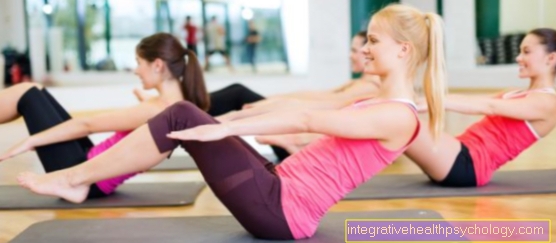
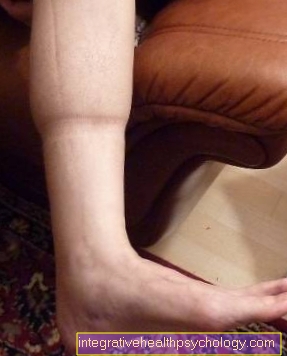

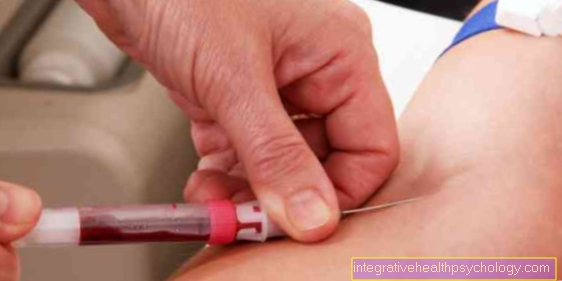
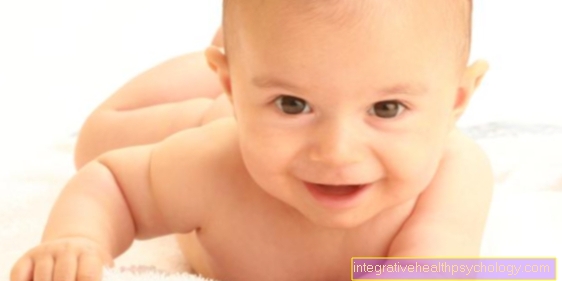
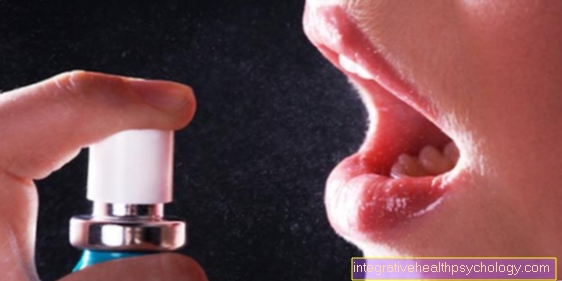



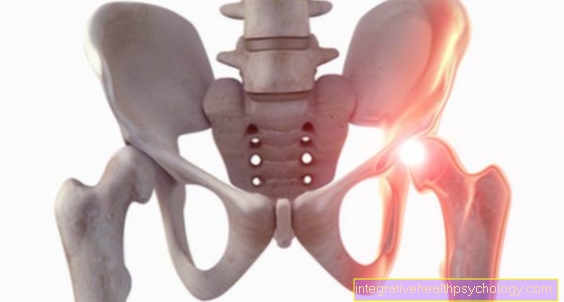



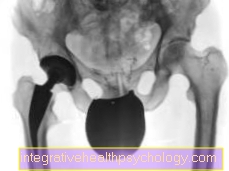
.jpg)
